Hyundai Ioniq 5 steps up the EV fight to take on Tesla
Hyundai’s has unleashed its Tesla-fighting Ioniq 5 electric car with ultra-rapid charging capability that can add 100km of range in five minutes and provide power to external devices such as coffee machine or power tools.
The futuristic-looking five-door is described as a “new mobility experience for the next generation” and is the production version of the 45 concept car released in 2019 to signal Hyundai’s electric future.
Created from a ground-up battery electric vehicle (BEV) architecture, the new mid-sized crossover looks part SUV and part hatchback and is the first of many Ioniq models planned to take advantage of a global push towards EVs. Already Hyundai has confirmed it will soon release the Ioniq 6 and Ioniq 7.
UPDATE: Hyundai Ioniq 5 Australian pricing and specifications confirmed
READ MORE: New Zealand pricing for Hyundai Ioniq 5 a guide for what to expect for Australia
READ MORE: Hyundai Ioniq 5 to cost less than Tesla Model 3? Maybe…
READ MORE: “Never seen interest like it”: Thousands register interest in Ioniq 5 ahead of price announcement
READ MORE: Ioniq 5 N gathers pace, Aussies to embrace hot Hyundai EV
UPDATE: Read about the Kia EV6 that uses many of the fundamentals of the Ioniq 5.
It also introduces Ioniq as an EV sub-brand rather than a standalone model.
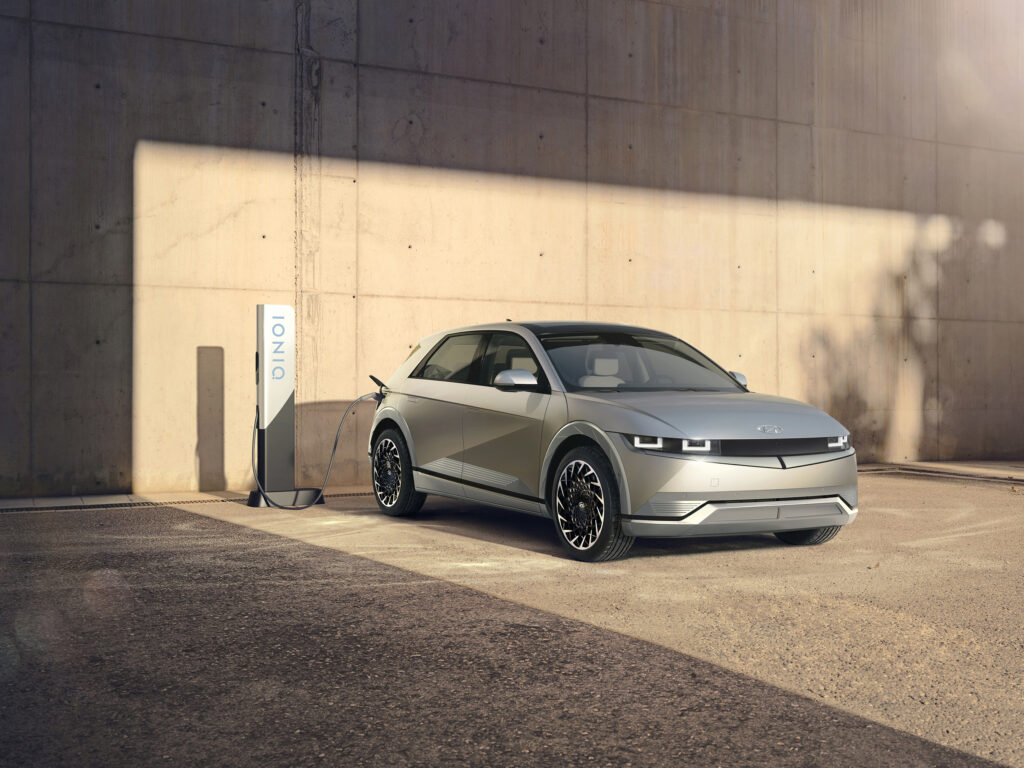
Loaded with tech, trinkets and an airy upmarket cabin, the Ioniq 5 is a radical departure from Hyundai’s two EVs to date, the plain-old Ioniq Electric (no relation to the Ioniq 5, other than in name) and the Kona Electric, an updated version of which goes on sale soon.
While pricing will be announced closer to the Q3 2021 Australian launch, best guesstimates have it starting between $60,000 and $70,000, rising closer to six figures for more expensive variants. Ioniq 5 pricing in New Zealand gives some indication of how much it could cost in Australia.
Hyundai believes the Ioniq 5 will live up to the price tag.
Ioniq 5: Ground-up EV
The Ioniq 5 is claimed to have various packaging advantages by being underpinned by the new Electric-Global Modular Platform (E-GMP) that will also sit under a family of EVs from sister brand Kia and Hyundai’s fledgling luxury brand Genesis.
The new Ioniq 5 also boasts 800-Volt charging capability – the only other EVs with an 800V electrical system are the Porsche Taycan and upcoming Audi e-Tron GT – as well as some world-first technology that allows the car to double the voltage of a 400V connection for faster charging.

Hyundai claims the Ioniq 5 will be able to charge from 10 percent battery capacity to 80 percent in 18 minutes when connected to a 350kW ultra-rapid charger. A five-minute charge is claimed to add 100km of range.
The Ioniq 5 can also generate its own electricity for those who option the solar roof that is integrated in the uninterrupted panoramic glass roof. It can provide up to 210-Watt-hours of electricity; Hyundai says using the average annual sunlight hours of Korea it would provide about 1300km of driving per year, or a few kilometres per day.
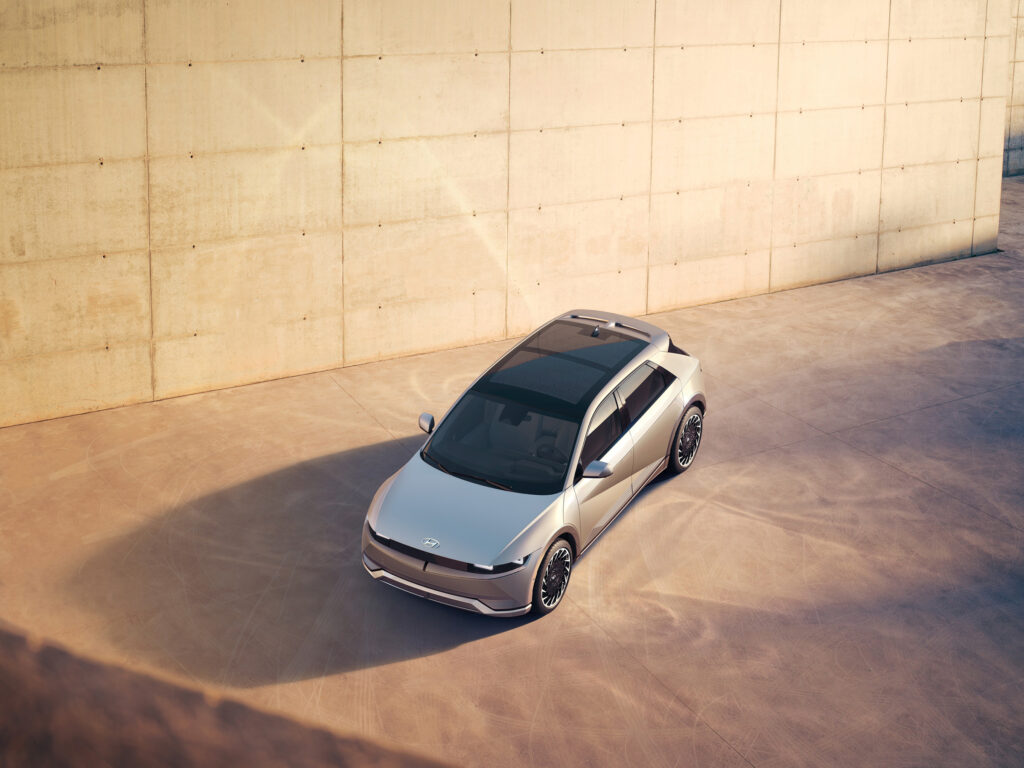
The Ioniq 5 also has the ability to power exterior devices, such as camp gear, power tools, household appliances (think hair dryers or a coffee maker) or recharging an e-bike. Up to 3.6kW can be sent out from the battery via a powerpoint in the back seat and another mounted behind a small flap on the back corner of the car.
Four models in Ioniq 5 family
The Ioniq 5 will be initially be offered in four model variants. There’s a choice of rear-wheel drive or all-wheel drive each with the choice of a 58kWh Standard Range battery or a 72.6kWh Long Range battery.
The 2WD Long Range is claimed to have between 470km and 480km of EV range when measured to the WLTP standard.
The most affordable model – the 2WD Standard Range – is expected to start between $60,000 and $70,000 and gets a single electric motor making 125kW and 350Nm. It is claimed to reach 100km/h in 8.5 seconds.

At the other end of the Ioniq 5 price scale is the AWD Long Range, which uses two electric motors to make a combined 225kW and 605Nm and dash to 100km/h in a thoroughly respectable 5.2 seconds.
All models can tow 1.6 tonnes overseas, although Hyundai Australia says it will create its own tow pack and that the rated capacity may vary slightly.
At 4635mm long the Ioniq 5 is slightly longer than a Toyota RAV4, but slightly narrower, at 1800mm. It’s also around 85mm lower.
However, with a 3000mm wheelbase (the distance between the front and rear wheels) the Ioniq 5 promises significantly more passenger space than might be expected from its exterior dimensions.
That wheelbase is also longer than that of its most obvious rival, the Tesla Model Y (2891mm), itself based on the Tesla Model 3. The Ioniq 5 is longer but narrower than the Model Y.
Tech and quality dominate inside
Inside, the ioniq 5 has a flat floor sitting on top of the battery pack beneath.
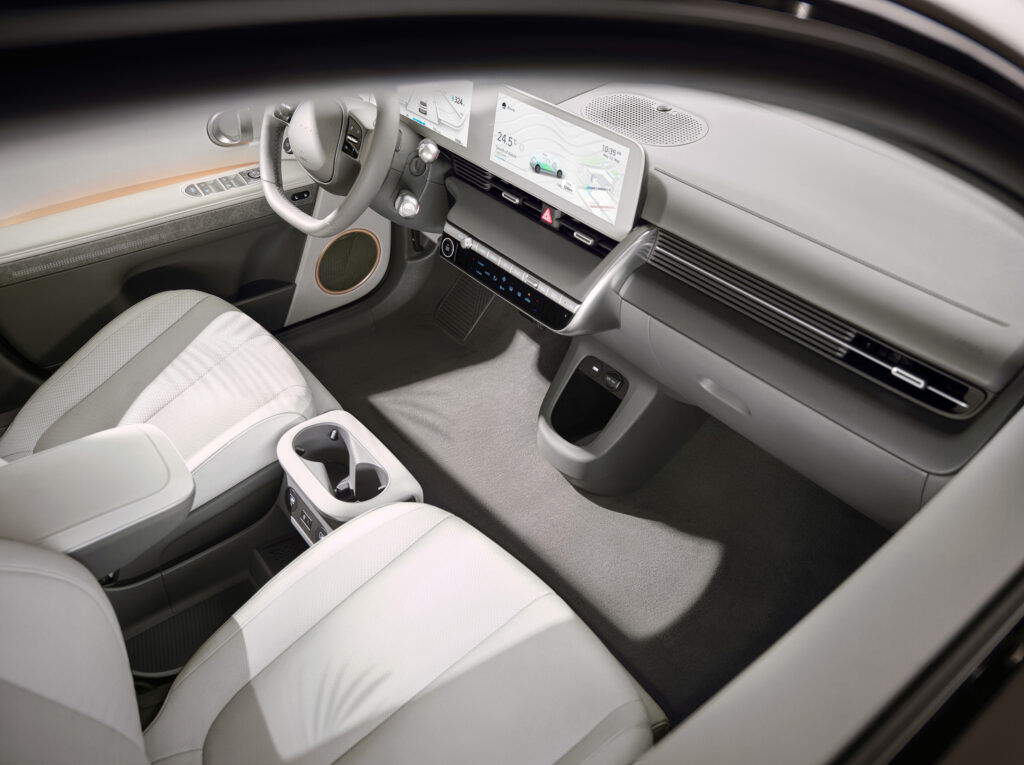
A “Living Space” design theme incorporates a Universal Island that can be slid forwards or backwards up to 140mm. Incorporating various storage compartments, two USB plugs and a wireless charging hub, the Universal Island allows easier access to its wireless charging mat for those in the rear.
When slid rearward it also allows an easier walk-through between the front seats.
Those front seats are described as “zero gravity” because they fold like business class seats on a plane.
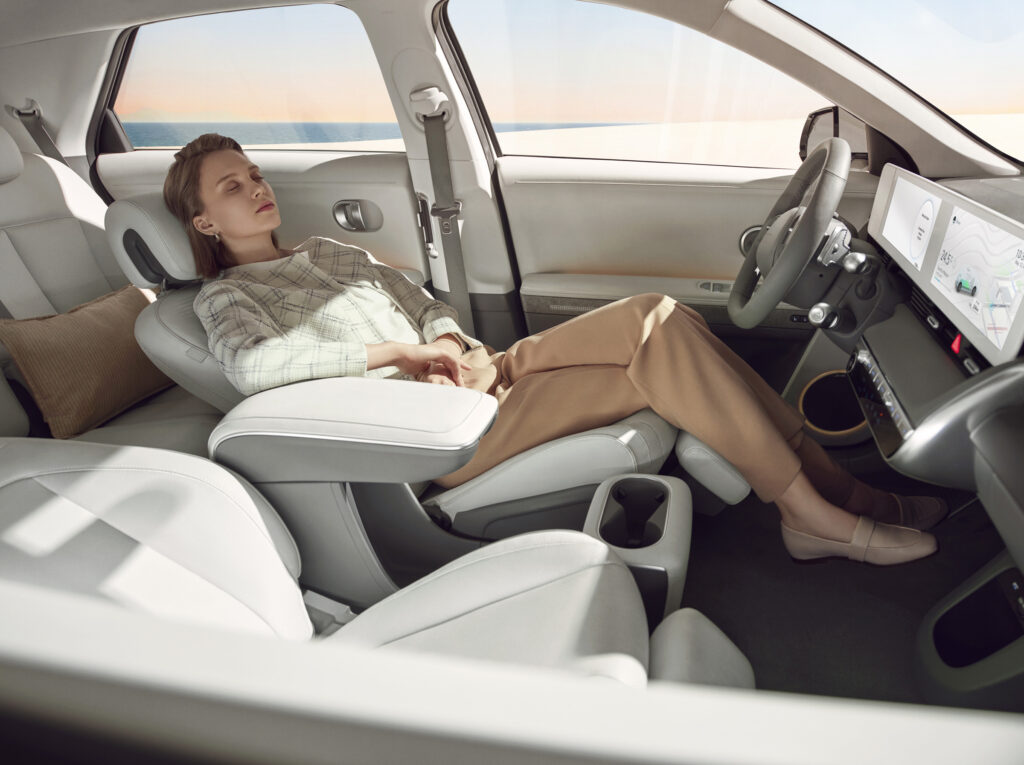
A 12.0-inch touchscreen in the centre takes care of infotainment while a second 12.0-inch screen acts as an instrument cluster.
Hyundai says that hoodless information display in front of the driver can have its layout customised and even allows the driver to virtually “pin” photos or notes to a dedicated part of the screen in what is believed to be a first for a car.
Hyundai has focused on environmentally friendly materials including “eco-processed leather” and “bio-paint” with plant extracts. There’s also plastics and fabrics made of recycled PET bottles and wool.
Hyundai design boss Sangyup Lee says it’s about taking care of the environment.
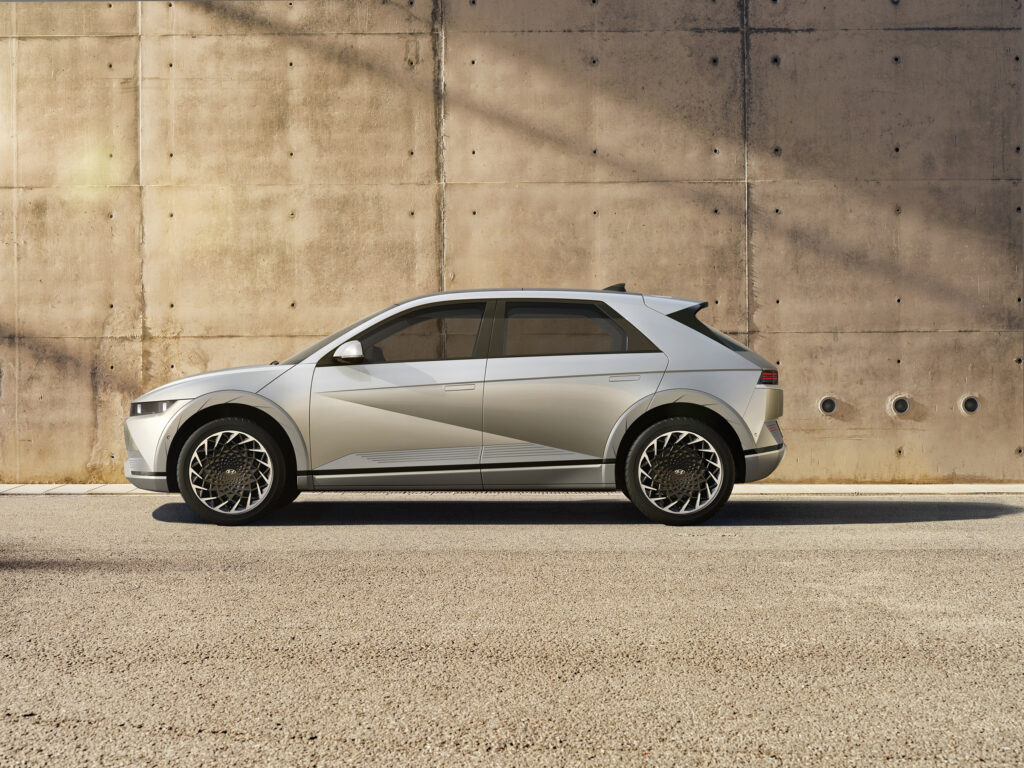
“Sustainable society is not option any more, it’s something that we must deliver,” says Lee, who was once based in Australia working for Holden where he worked on the Chevrolet Camaro that was later sold in America. “We are taking it very serioiusly.”
A compact front trunk (or frunk) adds a modest 24-litre cavity for AWD models or 57 litres for 2WD variants. Each is complemented by 531-litres of boot space.
Hyundai has also crammed plenty of advanced connectivity and technology into the Ioniq 5 – at least overseas.
They include Bluelink, a smartphone connectivity system that allows the car’s status and charging to be monitored remotely. It also allows pre-heating or cooling of the cabin as well as cloud management of driver preferences such as seat position and radio settings.
There are also cameras instead of mirrors, something claimed to eliminate blind spots by projecting an image onto OLED screens on each front door.
There’s also Hyundai’s most advanced partial autonomy system that includes Highway Driving Assist 2, which provides semi-autonomous control on freeways.
Hyundai begins global production of the Ioniq 5 in March before Australian deliveries around July or August.
Hyundai president Jaehoon Chang says the company will manufacture 70,000 in the nine months of 2021 production.
Hyundai Ioniq 5 specifications
Price: Starting from $60-70,000 (estimated)
Due in Australia: Q3 2021
Length: 4635mm
Width: 1890mm
Height: 1605mm
Wheelbase: 3000mm
Boot capacity: 531L (5 seats in use), 1591L (2 seats in use)
Front trunk (frunk) capacity: 57L (2WD models), 24L (AWD models)
Battery voltage: 800V
Maximum charging capacity: 350kW
Vehicle to load (ability to power exterior devices): 3.6kW
Hyundai Ioniq 5 model details
Hyundai Ioniq 5 Standard Range 2WD
Motor: 1 rear
Power/torque: 125kW/350Nm
0-100km/h: 8.5 seconds
Battery capacity: 58kWh
Range: TBA
Hyundai Ioniq 5 Standard Range AWD
Motor: 1 rear, 1 front
Power/torque: 173kW/605Nm
0-100km/h: 6.1 seconds
Battery capacity: 58kWh
Range: TBA
Hyundai Ioniq 5 Long Range 2WD
Motor: 1 rear
Power/torque: 160kW/350Nm
0-100km/h: 7.4 seconds
Battery capacity: 72.6kWh
Range: 470-480km (WLTP)
Hyundai Ioniq 5 Long Range AWD
Motor: 1 rear, 1 front
Power/torque: 225kW/605Nm
0-100km/h: 5.2 seconds
Battery capacity: 72.6kWh
Range: TBA

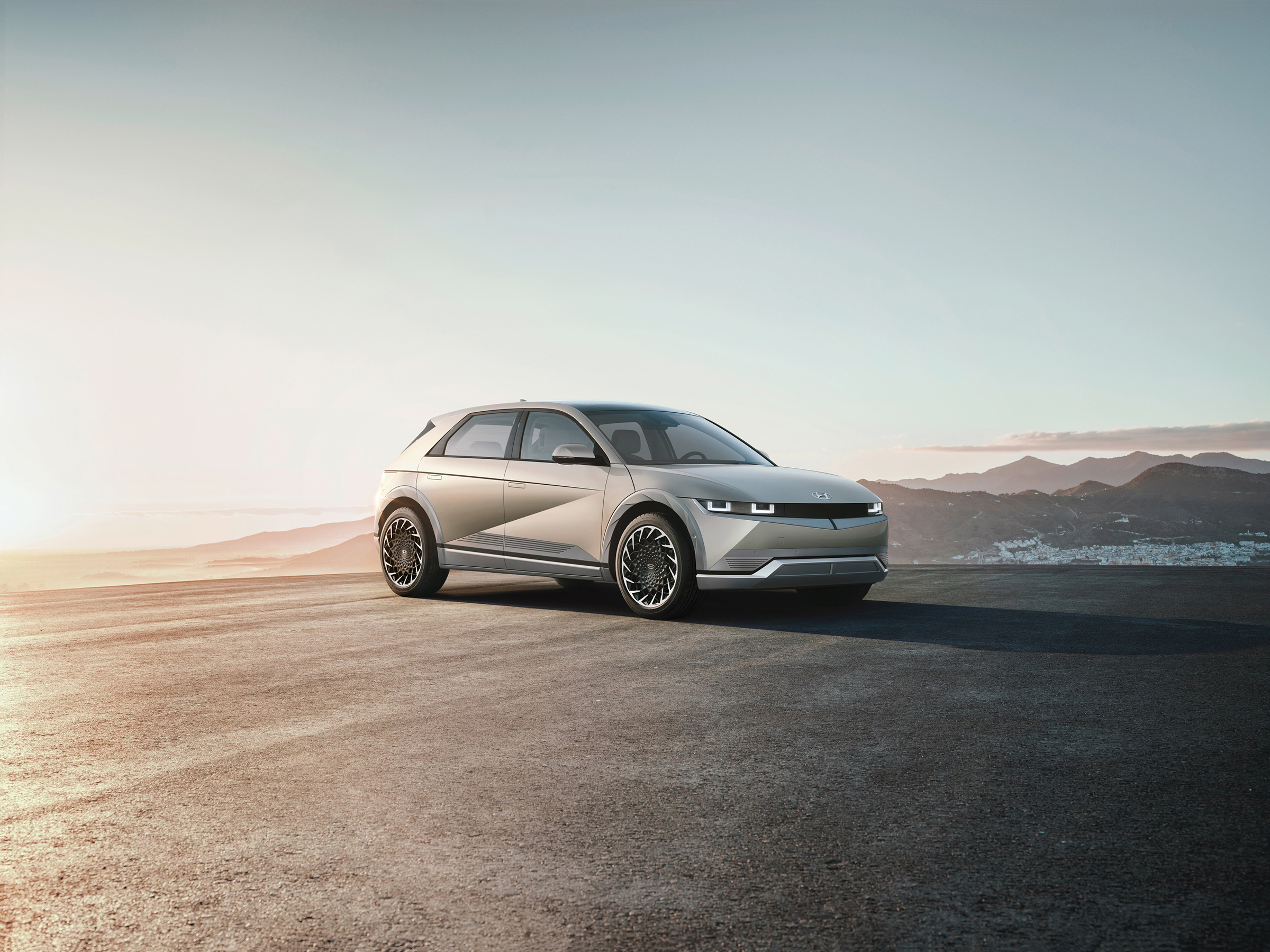

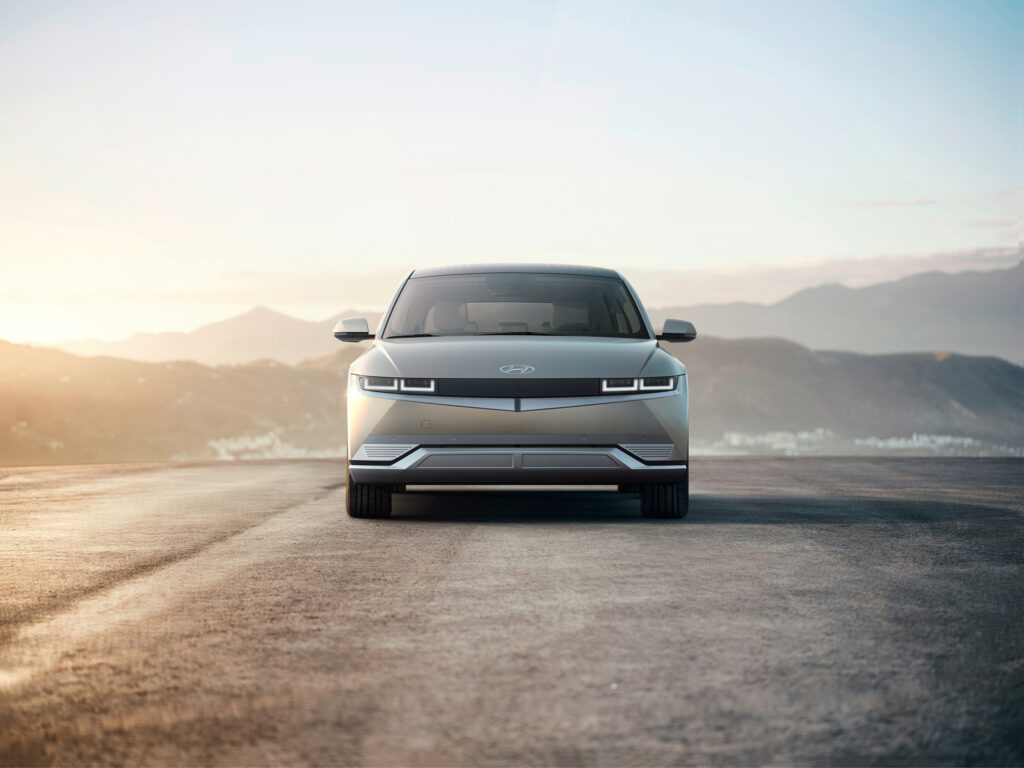
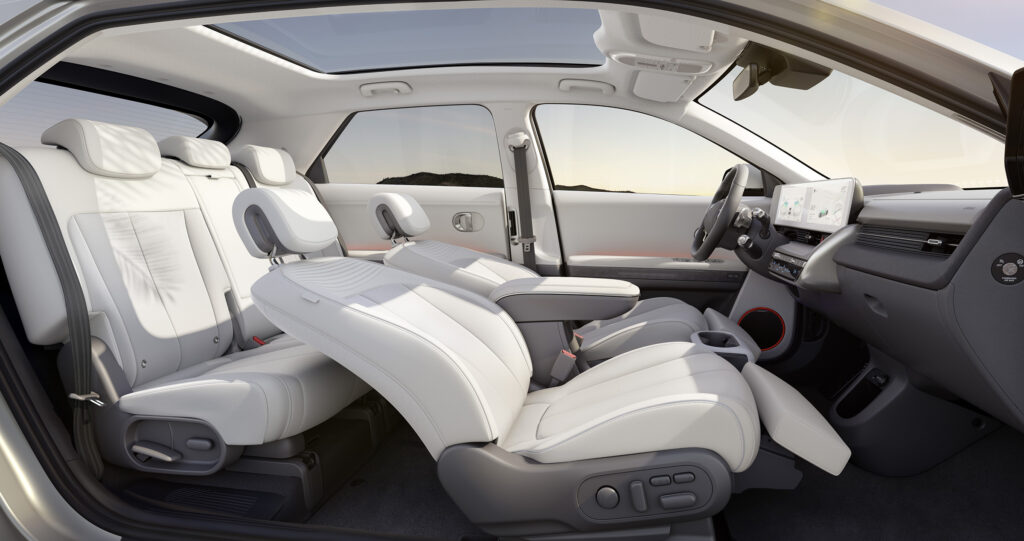

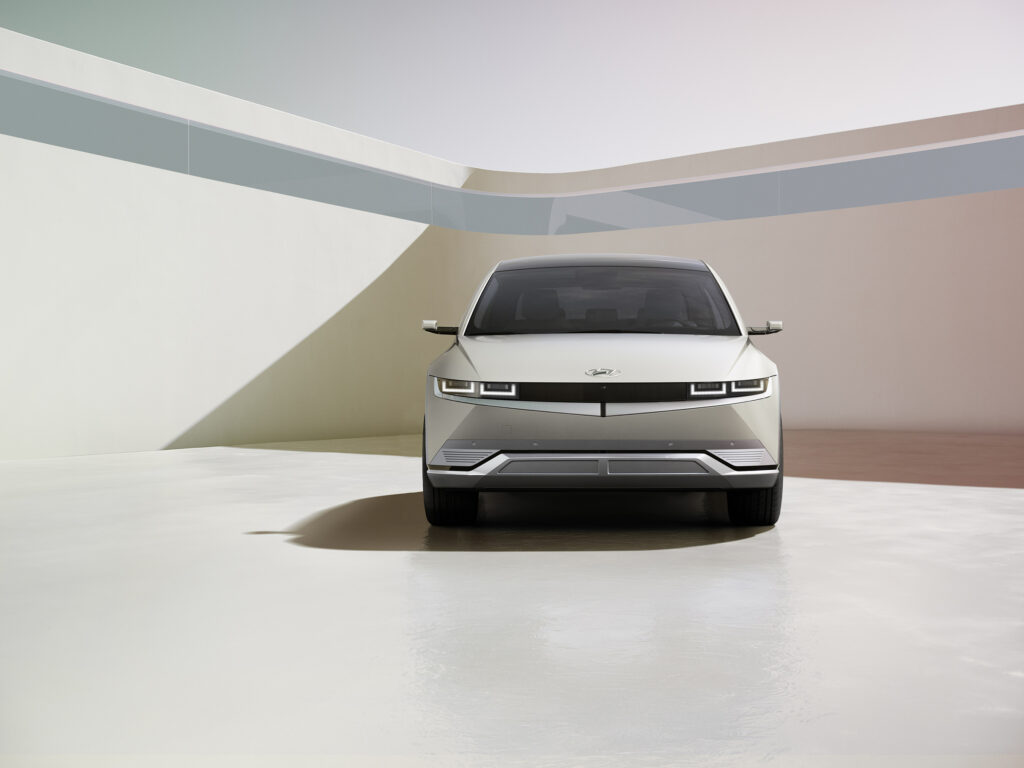
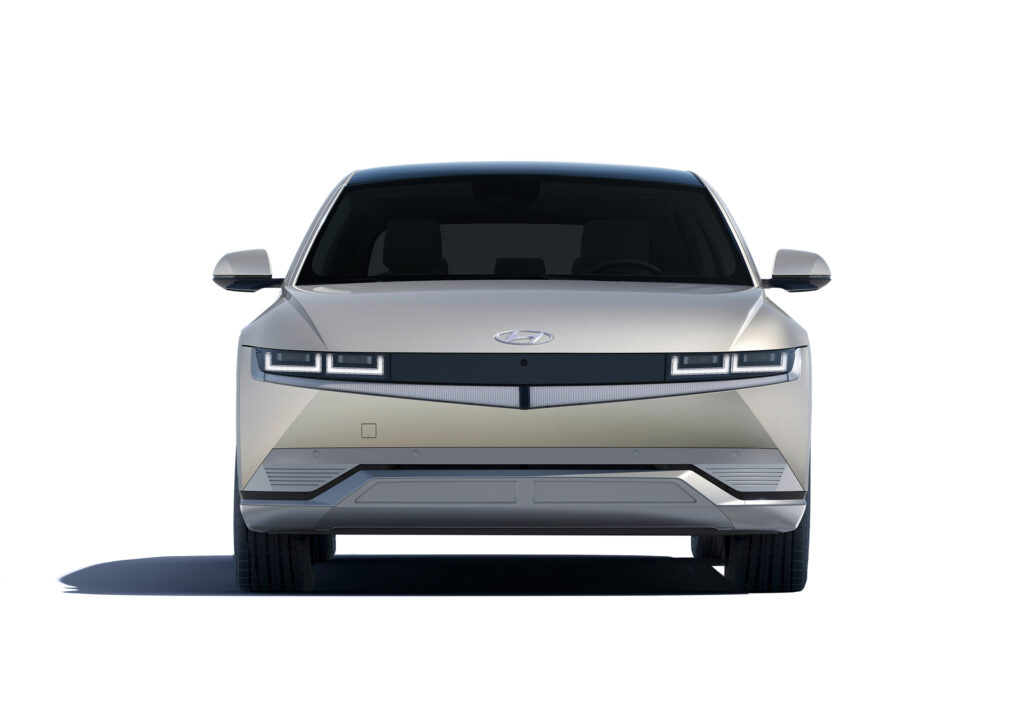
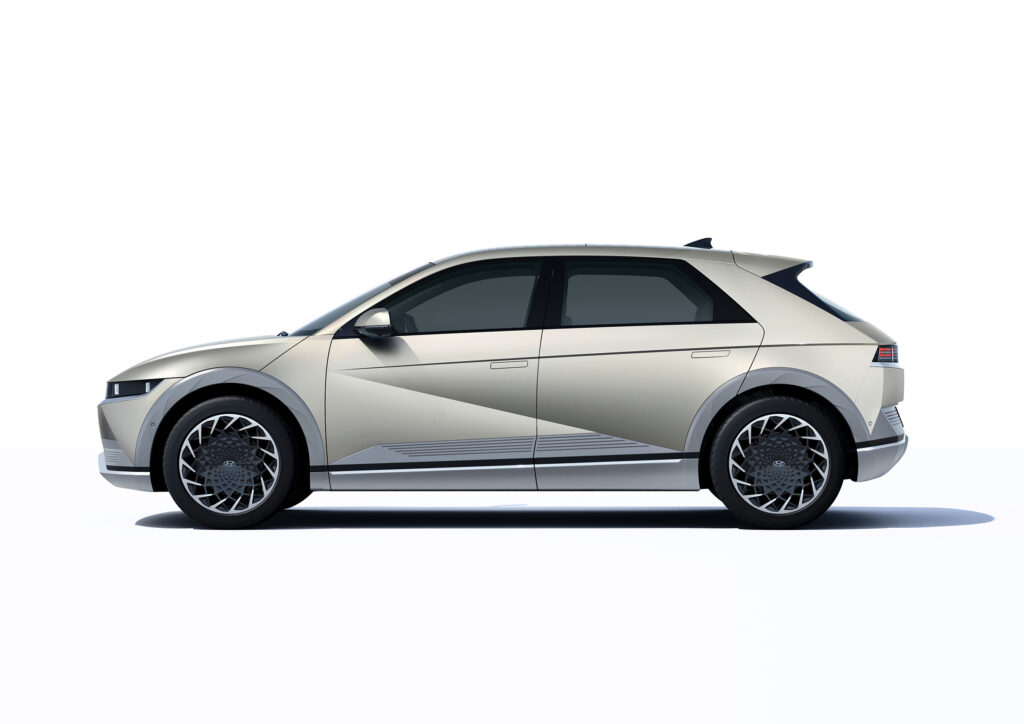
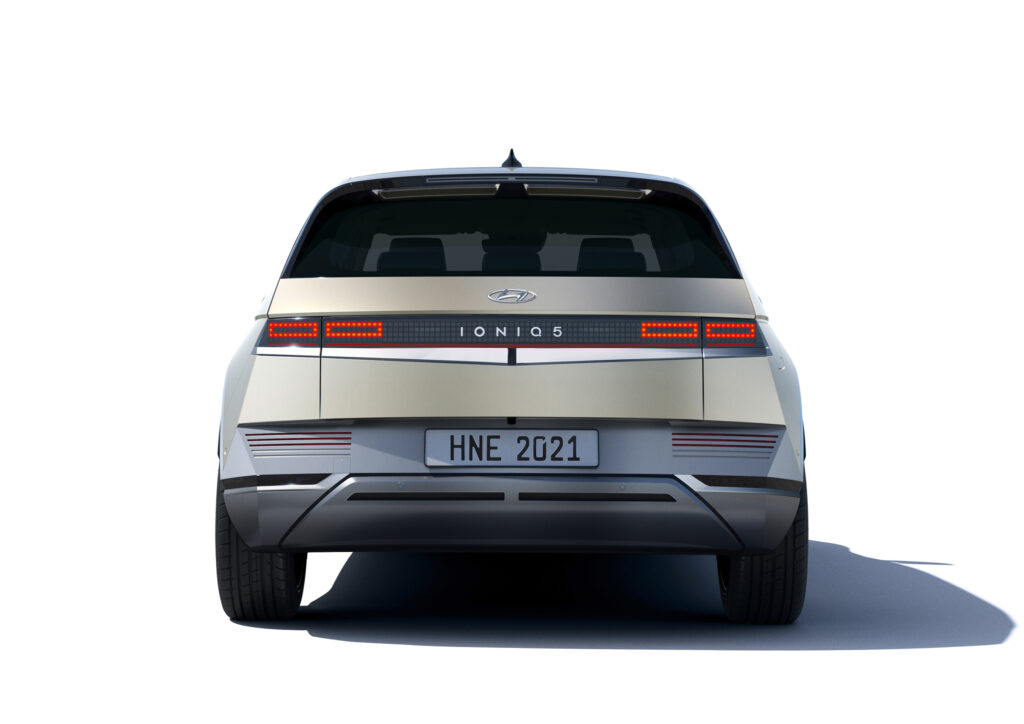

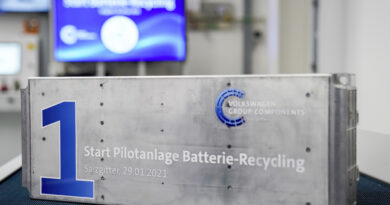

sweet ride. i’m in